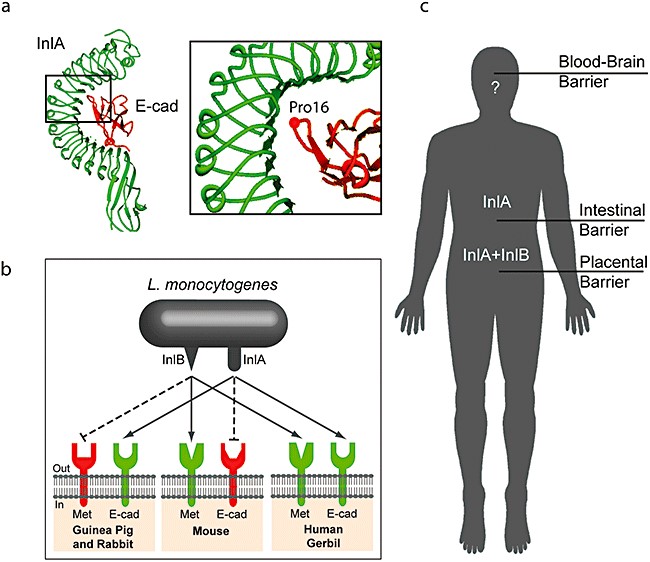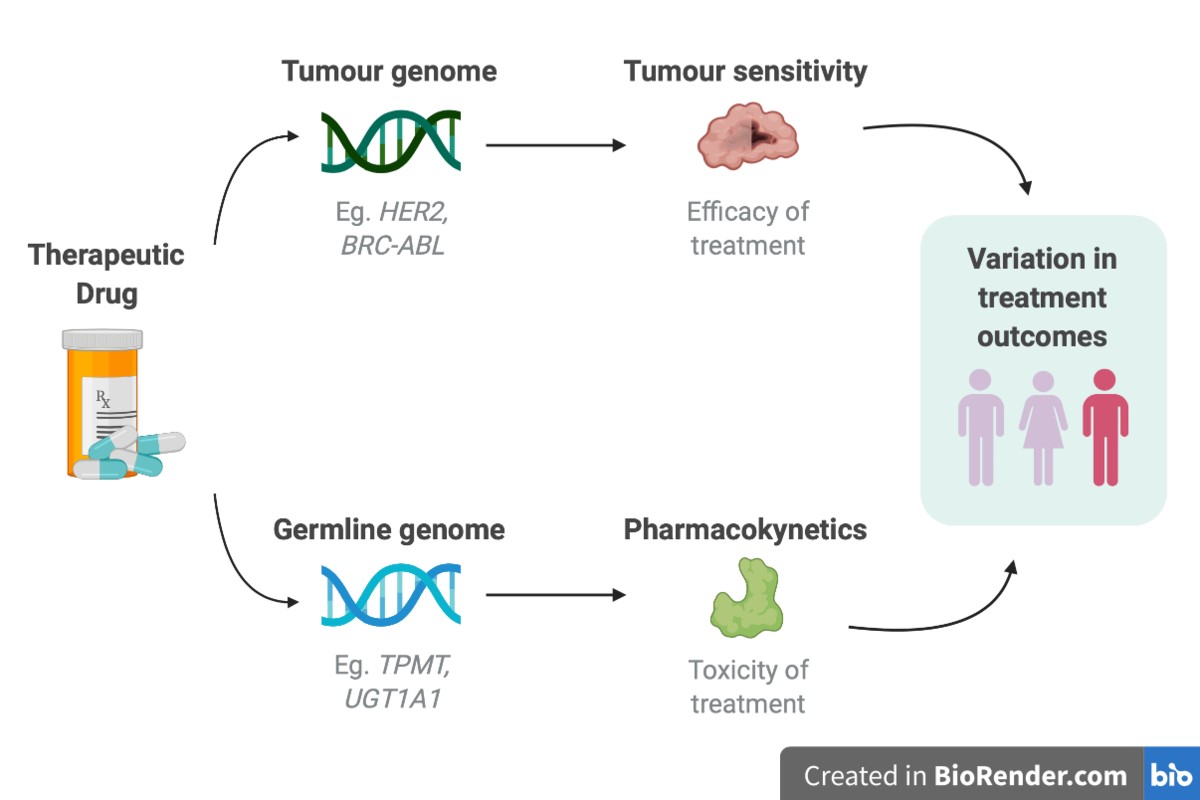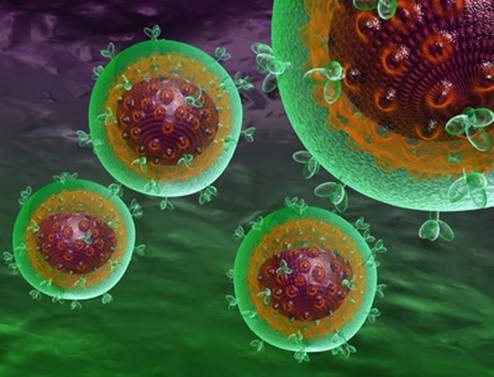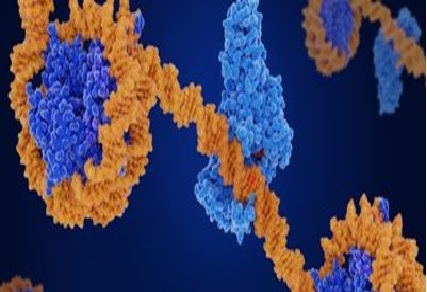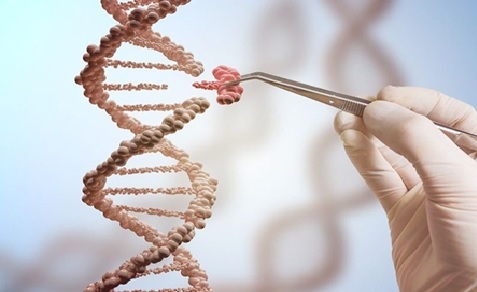CRISPR Prime Editing Unleashes Cancer Models: A Powerful Tool for Studying Tumorigenesis
MIT researchers have pioneered a revolutionary method using CRISPR genome editing called prime editing. This technique enables easy engineering of cancer-linked mutations into mouse models, allowing for the study of previously unexplored mutations and facilitating the identification and testing of new drugs. The researchers have generously made these prime-edited mouse models available to other labs, encouraging collaborative research on cancer mutations. Led by Tyler Jacks, the team has developed an efficient and time-saving approach using prime editing to investigate the effects of various mutations in intact animal models. Their ground breaking study, published in Nature Biotechnology as "A prime editor mouse to model a broad spectrum of somatic mutations in vivo," provides a powerful tool for exploring a wide range of somatic mutations in cancer research. Co-senior authors Francisco Sánchez-Rivera and David Liu contributed significantly to this research advancement.

Figure .1 CRISPR Prime Editing Unleashes Cancer Models: A Powerful Tool for Studying Tumorigenesis
Figure 1 shows Cancer is characterized by the accumulation of somatic mutations, which can vary extensively in different cancer types. Understanding the specific driver mutations and their combinations is crucial for comprehending cancer initiation, progression, and treatment response. Genetically engineered mouse models (GEMMs) have played a vital role in studying how cancer drivers contribute to tumor development and testing the efficacy of potential cancer drugs before clinical trials. By using GEMMs, researchers can gain valuable insights into the mechanisms underlying cancer and evaluate the safety and effectiveness of novel therapies
Traditional methods of creating mouse models with cancer-linked mutations have been time-consuming and labor-intensive, hindering research progress. The advent of CRISPR genome editing has offered a potential solution by enabling more efficient introduction of cancerous mutations. Previous studies focused on knocking out genes lost in tumors, but lacked the ability to insert new mutations accurately. Researchers, inspired by the work of MIT's Jacks lab and Liu's lab at the Broad Institute, sought to develop a precise gene-editing technique for targeted mutations in oncogenes and tumor suppressor genes. Their goal was to create a method that better replicates the genetic lesions observed in human cancer. This advancement has the potential to accelerate cancer research and enhance understanding of the effects of various mutations.
Prime editing, a modified CRISPR genome editing technique, offers precise and programmable mutation editing by using a fusion enzyme of modified Cas9 and reverse transcriptase. It minimizes errors during DNA repair and allows for the study of cancer driver mutations, their combinations, and resistance-related mutations. MIT researchers integrated the prime editor gene into mouse germline cells to create prime editing GEMMs (PE GEMM), ensuring its presence in all cells of the organism. Activation of the prime editor gene requires Cre recombinase, reducing immune responses. The integration of prime editing machinery within the germline enables RNA-to-DNA copying and genome incorporation, facilitating cancer mutation research. By injecting Cre recombinase and guide RNA into tissues, researchers can induce tumor growth and create specific cancer mutations. The development of DNA vectors and epegRNAs enhances prime editing efficiency in different cell lines and organoids derived from these mice
Researchers engineered different mutations into the Kras gene, a driver of various human cancers, including pancreatic adenocarcinomas and lung cancers. They created models for four common Kras mutations in lung cancer: G12C, G12D, G12R, and G12A. Surprisingly, these models produced tumors with distinct characteristics. G12R mutations resulted in large and aggressive lung tumors, while G12A tumors were smaller and progressed more slowly. This highlights the variable tumor-initiating potential of different Kras mutations in vivo, consistent with previous studies on KrasG12C and KrasG12D models in the pancreas. Efficient yet diverse tumor formation was observed with KrasG12A, KrasG12D, and KrasG12R in the lung.
Researchers may be able to design treatments that target each of the distinct mutations if they learn more about how these mutations affect tumour development differently. There are currently just two FDA-approved Kras mutation treatments, both of which are unique to the G12C mutation, which accounts for around 30% of Kras mutations observed in lung cancer.[1]
The researchers expanded their technique to create pancreatic organoids with various p53 gene mutations and are working on generating mouse models for these mutations. They are also focused on developing models for additional Kras mutations and mutations associated with resistance to Kras inhibitors.Their aim is to study combinations of mutations, including Kras mutations driving tumorigenesis and resistance-associated mutations, to understand resistance development and the characteristics of resistant tumors.
The authors highlighted the potential of prime editing GEMMs (PE GEMMs) for broader applications beyond somatic cancer driver mutations. They believe PE GEMMs will accelerate functional studies of cancer-related mutations and complex genetic combinations that are difficult to construct using traditional models.With further advancements, PE GEMMs could serve as a rapid preclinical tool for fundamental and clinical investigations in precision cancer treatment.
References:
- https://www.genengnews.com/topics/genome-editing/crispr-based-prime-editing-generates-mouse-models-of-cancer-mutations/
Cite this article:
Janani R (2023),CRISPR Prime Editing Unleashes Cancer Models: A Powerful Tool for Studying Tumorigenesis, AnaTechMaz, pp.174



